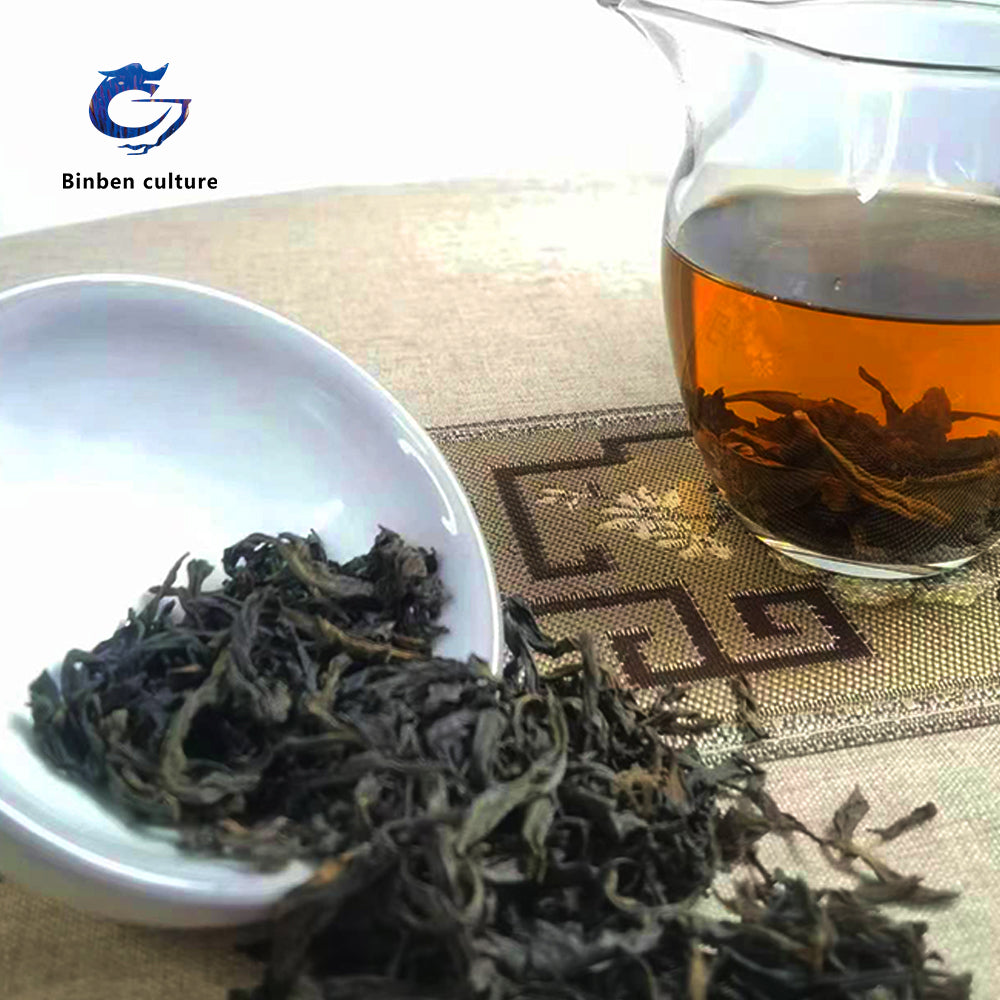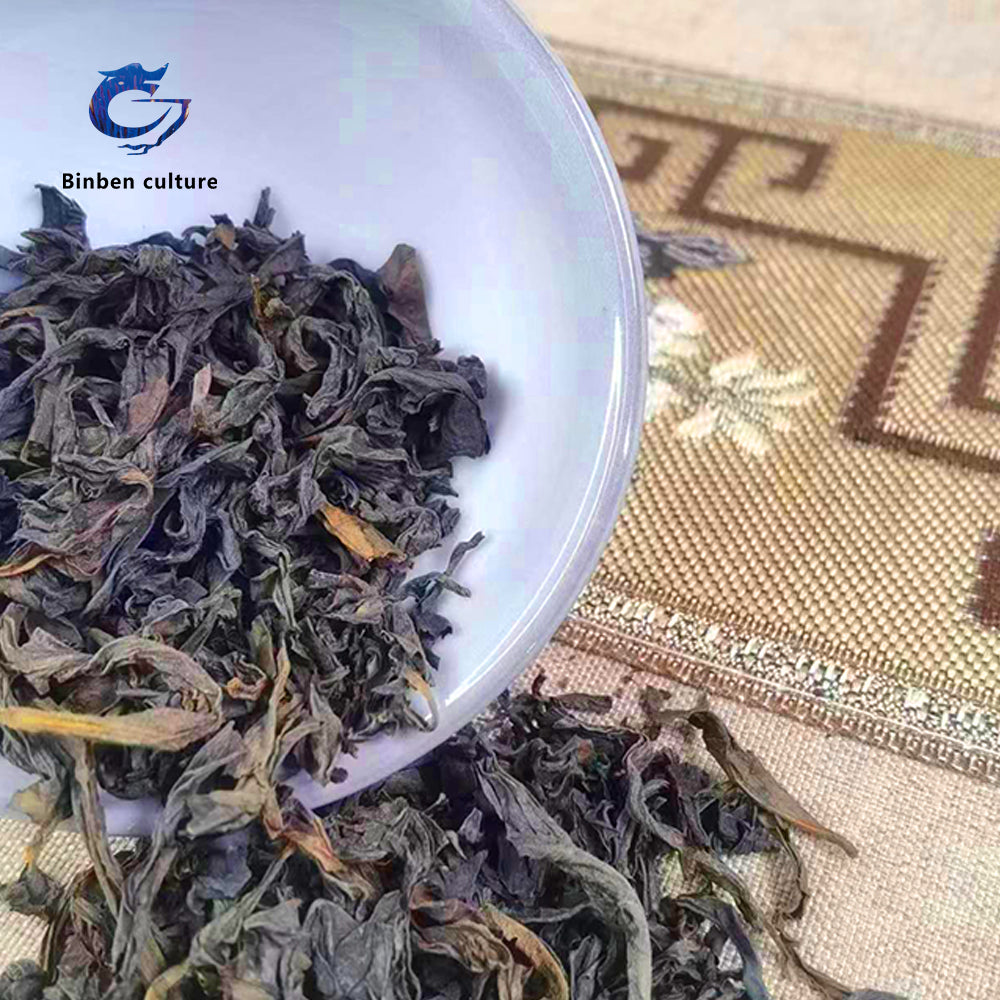1
/
из
4
Suxin Tea-Po Jiuxiao (Rock Tea)
Suxin Tea-Po Jiuxiao (Rock Tea)
Обычная цена
$34.50 USD
Обычная цена
Цена со скидкой
$34.50 USD
Стоимость доставки рассчитывается при оформлении заказа.
Количество
Не удалось загрузить сведения о доступности самовывоза

Different types of tea will have different specific processes and process parameters, and not all tea leaves need to go through these 12 processes.
Просмотреть всю информацию




- Plucking: The tea leaves are typically plucked in April or May when the new shoots have fully matured and formed buds.
- Withering: This step allows the tea leaves to lose moisture and become soft, which can be achieved through sun drying, heating, or natural air-drying indoors.
- Oxidation: This is a critical step in forming the rich, full-bodied flavor, aroma, and "green leaf with red edge" appearance of oolong teas. It involves alternating between shaking the leaves and allowing them to rest.
- Kill-green: The purpose is to deactivate enzymes and stop fermentation, stabilizing the tea's quality.
- Rolling/Twisting: This can affect the tea leaf's shape and taste, typically taking 7-10 minutes.
- Firing/Baking: This includes drying and charcoal firing, which helps stabilize the tea's quality and develop its unique aroma and mouthfeel.
- Sorting: The tea leaves are carefully sorted and graded.
- Refiring: Additional firing steps may be done to further improve the tea's quality and purity.
About BinBen Culture
At Binben Culture, we preserve the centuries-old legacy of Chinese ceramic mastery, blending time-honored techniques with modern design to create exquisite porcelain that elevates everyday life with artistry, quality, and cultural essence.




